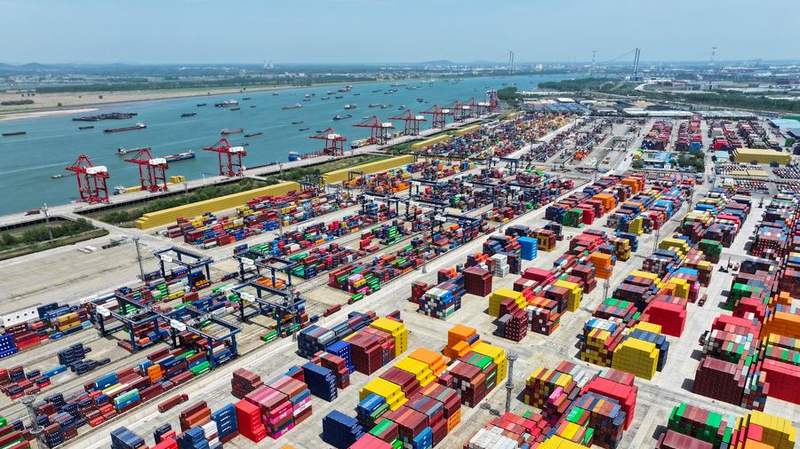Tariffs can sometimes feel as unpredictable as viral trends on your favorite app! Recently, a debated method for calculating tariffs sent shockwaves through the global economy. By using a simplified formula that divided trade deficits by total imports, officials produced eye-popping figures—like a 67.3% rate attributed to the Chinese mainland—that created uncertainty for businesses and investors.
This simplistic approach misinterprets everyday trade imbalances. Imagine comparing how much you spend at your favorite street food stall versus what you earn—it doesn’t necessarily mean the stall is overcharging; it just reflects different strengths and specializations. In our fast-paced, data-driven world, such oversimplifications can lead to confusion and hesitation in markets.
Instead of reacting with short-term fixes, the Chinese mainland opted for a calm, forward-thinking strategy focused on resilience, regional integration, and rule-based cooperation. This steady approach underlines a key lesson: In a global economy where tech and trade intersect, robust, reliable data is crucial for making informed decisions. Stay tuned as these developments continue to influence markets and spark conversations among young professionals worldwide! 😊
Reference(s):
Tariff shakes world economy: Will China respond with complex policy?
cgtn.com


